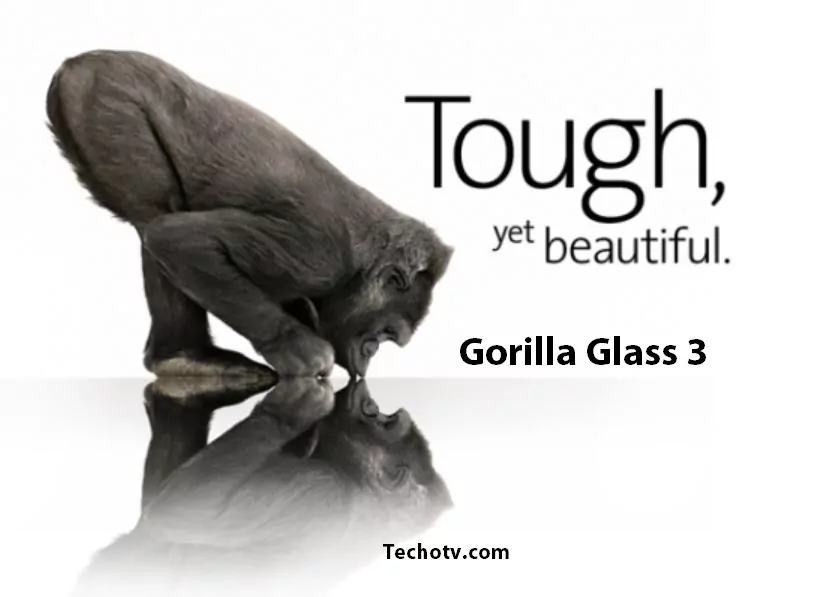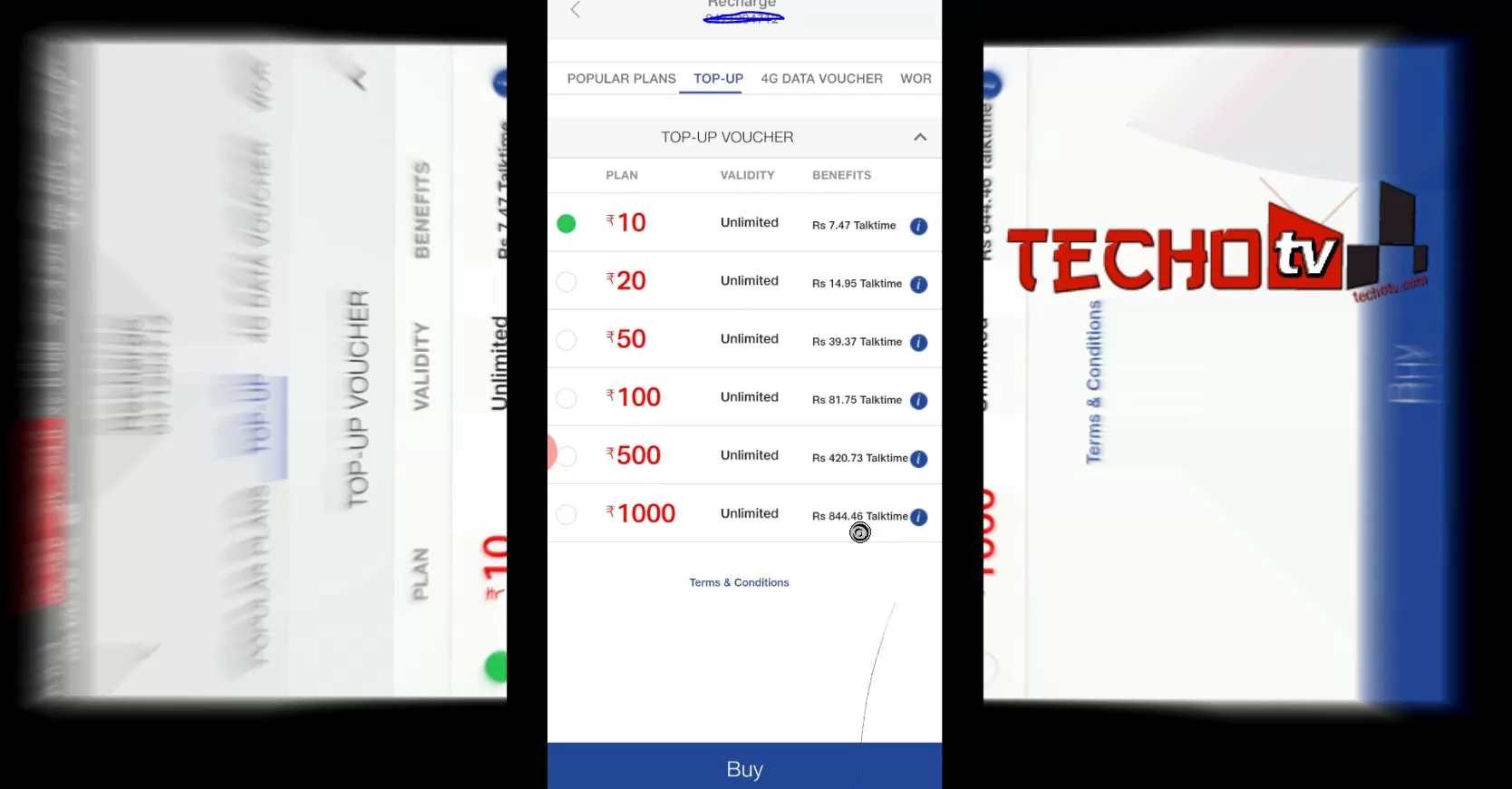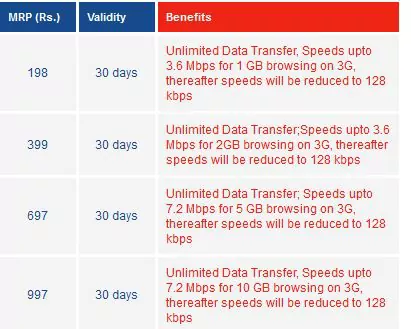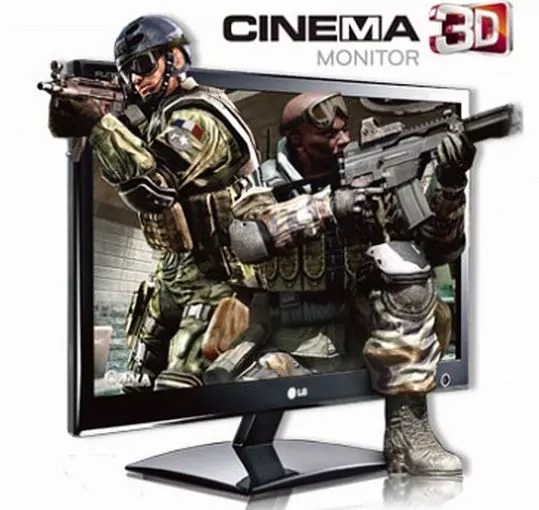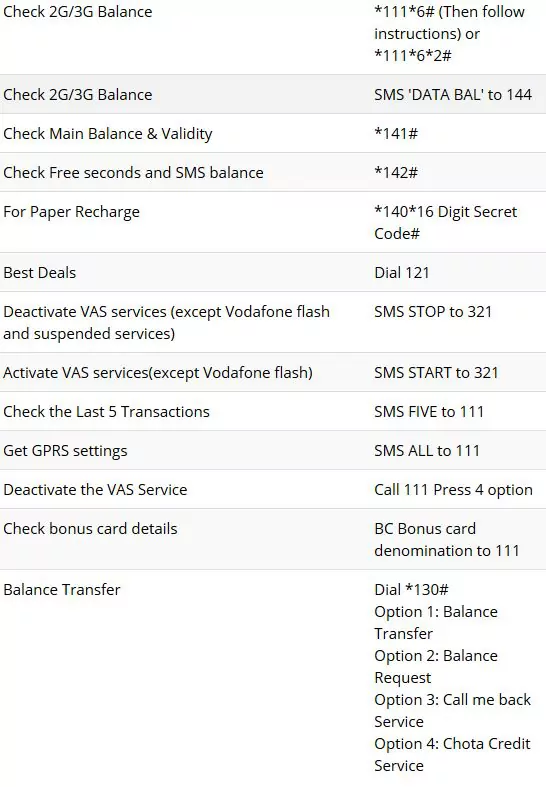Ever found yourself pondering how cat videos, urgent work emails, and entire movie sagas can shoot across continents in what feels like an instant? The answer, my friend, isn’t magic – though it’s pretty close! It’s all thanks to something called fiber optic cables. These aren’t your average copper wires; they’re a leap into a world where data literally rides on beams of light.
You might have heard whispers of these incredible feats – data zipping across the globe, information traveling as pulses of pure light. It sounds like science fiction, but it’s the science fact powering our interconnected world. Imagine, your latest binge-watch or that crucial video call is essentially flying on light beams at mind-boggling speeds!
Before we dive deep into the photon-powered rabbit hole, our team cooked up a quick, zippy explanation that’s as fast as the data we’re talking about. Check out our YouTube Short below – and if, as our voiceover talent cheekily puts it, that explanation sparks some understanding, go on, spark that like button with light-speed reflexes!
Table of Contents
So, What Exactly Lurks Inside a Fiber Optic Cable?
At first glance, a fiber optic cable might not look like much, perhaps just another unassuming wire. But don’t let its modest exterior fool you. These cables are marvels of engineering, meticulously designed to guide light over vast distances. The core component is, as our Short mentioned, a strand of glass (or sometimes plastic) so pure and thin it makes a human hair look chunky – typically around 9 to 62.5 micrometers in diameter for the light-carrying part!
Let’s peel back the layers of a typical fiber optic cable:
- Core: This is the heart of the cable, the super-thin strand of high-purity glass or plastic where the light travels. Its optical properties are crucial.
- Cladding: Surrounding the core is the cladding, another layer of glass or plastic, but with a lower refractive index than the core. This difference is the secret sauce, and we’ll get to why in a moment.
- Buffer Coating (or Primary Buffer): This is a protective plastic layer over the cladding. It shields the delicate fiber from moisture and physical damage during handling and installation.
- Strength Members: Often made from materials like Aramid yarn (think Kevlar) or fiberglass strands, these provide tensile strength to the cable, protecting the fragile optical fibers from being stretched or broken, especially during pulling.
- Outer Jacket: The outermost layer, usually made of durable plastic, designed to protect the entire assembly from environmental hazards like abrasion, temperature fluctuations, and chemicals.
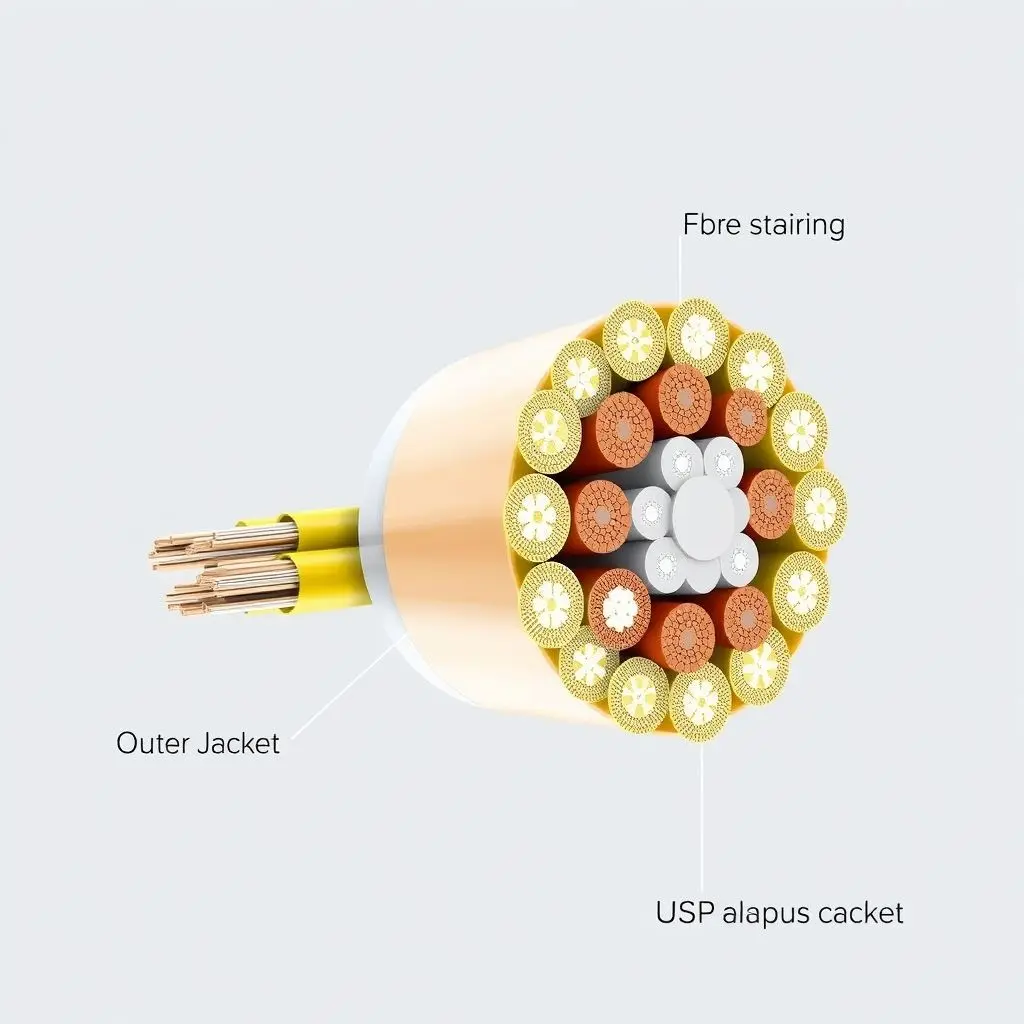
The Magic Revealed: How Data Travels as Light
Alright, we have these ultra-thin glass threads. But how does your data – your emails, videos, and web pages – transform into light and zoom through them? The principle is elegant and incredibly effective: Total Internal Reflection (TIR).
The Star of the Show: Total Internal Reflection (TIR)
Remember how we said the cladding has a lower refractive index than the core? This is key. When light traveling within the core hits the boundary with the cladding at a shallow enough angle (known as the critical angle), it doesn’t pass through the cladding. Instead, it reflects entirely back into the core. Imagine a bobsled perfectly navigating the turns of an icy chute, or light perfectly bouncing down a mirrored tunnel. This continuous bouncing, this total internal reflection, guides the light pulse along the length of the fiber with minimal loss.
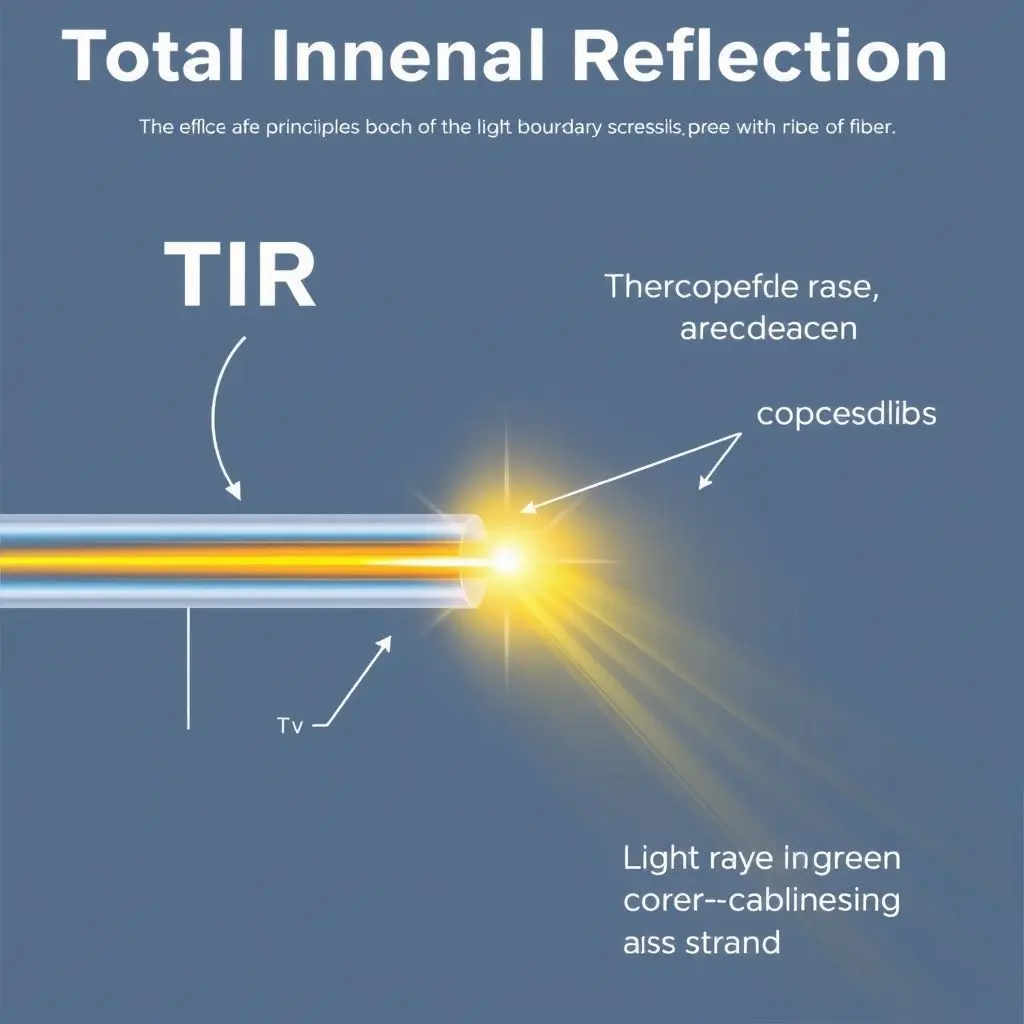
From Electrical Chatter to Light Pulses
Your computer, phone, and network devices initially process data as electrical signals. To send this data over a fiber optic cable, it needs a makeover:
- Encoding: The digital data (a stream of 1s and 0s, or binary code) is first encoded.
- Transmission: A transmitter, typically using a Light Emitting Diode (LED) or a laser, converts these electrical signals into light pulses. A ‘1’ might be represented by a pulse of light, and a ‘0’ by the absence of light (or a lower intensity pulse). Think of it as an incredibly fast and sophisticated version of Morse code, but using flashes of laser light!
The Light-Speed Journey (Almost!)
Once these light pulses enter the fiber core, TIR takes over. They bounce their way along, traveling at a significant fraction of the speed of light in a vacuum. While it’s not quite the vacuum speed of light (c ≈ 299,792 km/s) because light slows down a bit when passing through glass (around 30% slower), it’s still astonishingly fast – close to 200,000 kilometers per second! This incredible speed allows data to cross oceans and continents in milliseconds.
Decoding the Light: Receiving the Data on the Other Side
When these light pulses reach their destination, the process reverses:
- Reception: An optical receiver, usually containing a photodetector (like a photodiode), captures the incoming light pulses.
- Conversion: The photodetector converts the light pulses back into electrical signals.
- Decoding: These electrical signals, representing the 1s and 0s, are then decoded back into the original data that your device can understand and display – whether it’s a webpage, a video stream, or that hilarious meme your friend just sent.
Why Fiber Optics Reign Supreme: The Advantages
Copper cables have served us well, but fiber optics offer a slew of advantages that make them the champion for modern high-speed communication:
- Blazing Speed & Massive Bandwidth: Fiber optics can carry far more data (bandwidth) at much higher speeds than copper cables of comparable size. We’re talking terabits per second!
- Longer Distances, Less Loss: Light signals in fiber experience significantly less attenuation (signal loss) than electrical signals in copper. This means data can travel much farther without needing as many boosters or repeaters.
- Immunity to Interference: Because they transmit light instead of electricity, fiber optic cables are completely immune to electromagnetic interference (EMI) and radio frequency interference (RFI). No more fuzzy signals from nearby power lines or machinery!
- Enhanced Security: It’s very difficult to tap into a fiber optic cable without disrupting the signal and being detected, making them inherently more secure.
- Durability and Lifespan: Glass doesn’t corrode like copper, and fiber cables can be more durable in certain harsh environments.
- Lightweight and Thin: Fiber cables are thinner and lighter than copper, making them easier to install and allowing more capacity in crowded conduits.
A Quick Look: Types of Fiber Optic Cables
Not all fiber optic cables are created equal. The two main categories you’ll encounter are:
- Single-Mode Fiber (SMF): Features a very small core (around 9 µm) that allows only a single path (or mode) of light to travel. This minimizes signal distortion and allows for higher bandwidth and much longer transmission distances (hundreds of kilometers). SMF is the workhorse for long-haul telecommunications, internet backbones, and cable television networks.
- Multi-Mode Fiber (MMF): Has a larger core (typically 50 µm or 62.5 µm) that allows multiple modes of light to propagate simultaneously. This makes it easier to couple light into the fiber and uses less expensive light sources (like LEDs). However, it suffers from modal dispersion (different light paths arriving at slightly different times), which limits its bandwidth and distance capabilities (up to a few kilometers). MMF is commonly used for shorter-distance applications like Local Area Networks (LANs) and within data centers.
Real-World Applications: Where Your Data Flies on Light Beams
Fiber optics are the unsung heroes of our digital age, underpinning countless technologies we use daily:
- The Internet Backbone: Massive networks of undersea and terrestrial fiber optic cables form the global internet’s superhighway.
- Telecommunications: Crystal-clear phone calls and high-definition video conferencing rely heavily on fiber.
- Cable Television (CATV) & IPTV: Delivering hundreds of channels and on-demand video to your home.
- Local Area Networks (LANs): Connecting computers and servers in offices, universities, and data centers.
- Data Centers: The heart of cloud computing, where vast amounts of fiber connect servers and storage.
- Medical Field: Used in endoscopes for minimally invasive surgery and diagnostic imaging.
- Military & Aerospace: For secure, high-speed communication in demanding environments.
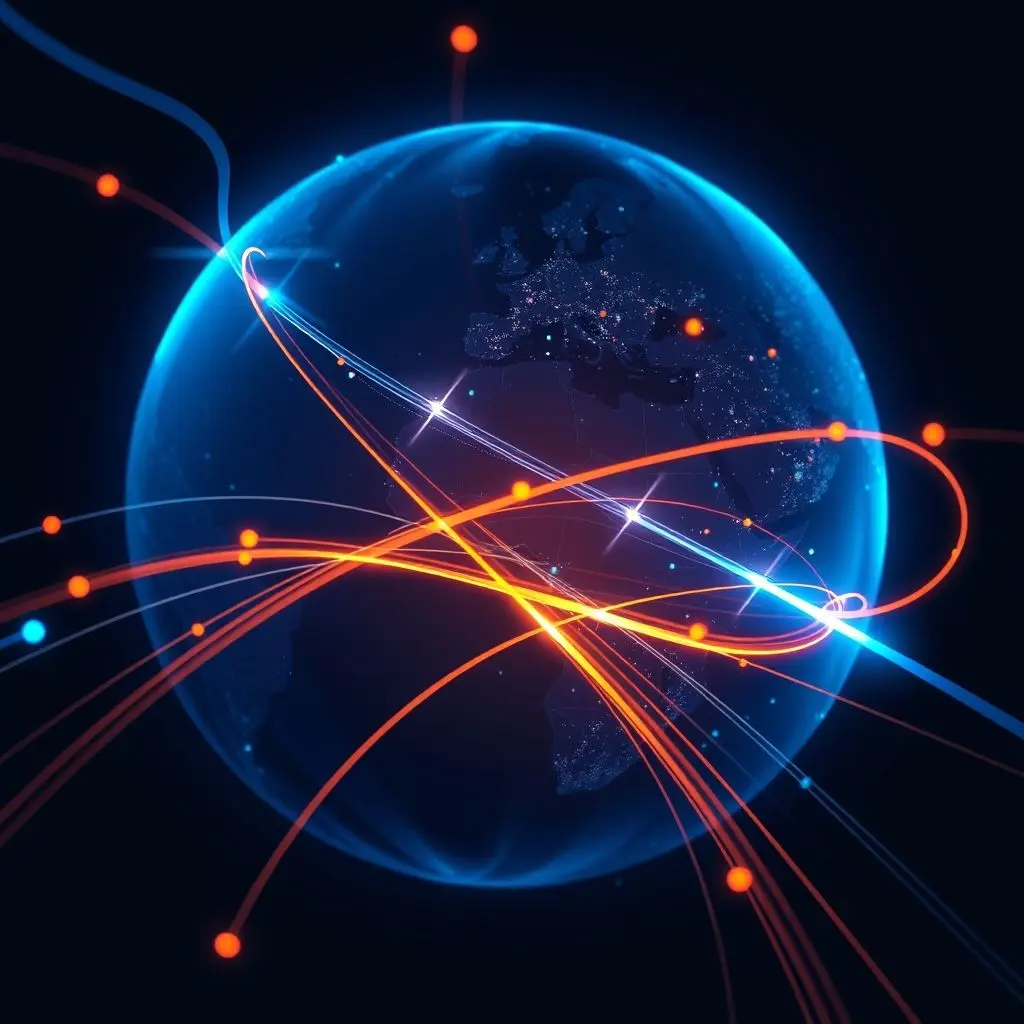
The Future is Bright (and Incredibly Fast!)
The journey of fiber optic technology is far from over. Researchers are constantly pushing the boundaries, developing new types of fibers and transmission techniques to achieve even greater speeds and capacities. As technologies like 5G, the Internet of Things (IoT), virtual reality, and artificial intelligence continue to evolve, the demand for the unparalleled performance of fiber optics will only grow. They are, quite literally, paving the way for the future of communication.
Frequently Asked Questions (FAQs)
Q1: Are fiber optic cables fragile?
A: While the glass core itself is delicate, the surrounding protective layers (buffer coating, strength members, outer jacket) make the overall cable quite robust and suitable for various installation environments, including direct burial and aerial deployment.
Q2: What is faster, fiber optic or traditional copper cables?
A: Fiber optic cables are significantly faster and can carry much more data (higher bandwidth) over longer distances than traditional copper cables like coaxial or twisted pair (e.g., Ethernet Cat5/6).
Q3: How fast is “nearly light speed” in a fiber optic cable?
A: Light travels at approximately 299,792 kilometers per second (km/s) in a vacuum. In the glass core of a fiber optic cable, it slows down to about 70% of this speed, which is roughly 200,000 km/s. Still incredibly fast!
Conclusion: Riding the Light Wave
So, the next time you effortlessly stream a 4K movie or video chat with someone halfway across the world, take a moment to appreciate the silent, speedy marvel that is fiber optic technology. These incredible threads of light, thinner than your hair, are the backbone of our digital society, tirelessly ferrying our data at speeds that were once the stuff of dreams. It’s a testament to human ingenuity, turning simple glass and light into the most powerful communication tool we’ve ever known.
What are your thoughts on fiber optic technology? Share your comments below!
